Types of Axles for Log Trailers
An axle for log trailer is a critical component of logging transport equipment that carries harvested timber. The trailer connects to a truck via a fifth wheel coupling, with the axle serving as the foundation for safe and efficient log transportation. Different axle configurations are designed to handle varying load capacities, terrain conditions, and operational requirements.
Expert Tip: Selecting the right axle type for your log trailer directly impacts load capacity, stability, maneuverability, and overall operational efficiency. Consider your specific logging requirements before making a decision.
Single Axle Log Trailers
Single-axle log trailers feature a straightforward design with just one axle, offering excellent maneuverability and simplicity. These trailers excel in situations requiring:
- Small-scale logging operations
- Easy loading and unloading
- Tight turning radius in confined spaces
Best for: Farmers, private property owners, and small-scale loggers with lighter loads
Tandem Axle Log Trailers
Tandem axle designs incorporate two axles working in conjunction, distributing weight more evenly across the trailer frame. This configuration provides:
- Significantly increased load capacity
- Enhanced stability during transport
- Better weight distribution on various terrains
Best for: Commercial logging operations requiring higher load capacity with good maneuverability
Tridem Axle Log Trailers
Featuring three axles in sequence, tridem configurations maximize load distribution and capacity. These heavy-duty systems provide:
- Maximum load capacity for industrial logging
- Superior stability even with uneven log distribution
- Reduced ground pressure per axle
Best for: Large-scale commercial operations handling maximum log volumes on challenging terrain
Sliding Axle Log Trailers
These innovative designs feature axles that can adjust position along the trailer frame, offering:
- Adaptable trailer length based on load requirements
- Improved weight distribution capabilities
- Enhanced maneuverability with varying log lengths
Best for: Operations handling diverse log sizes and requiring versatile loading configurations
Forest Log Trailers
Specifically engineered for rough terrain in forested environments, these specialized trailers feature:
- Increased ground clearance for navigating uneven forest floors
- Reinforced axle systems for durability in harsh conditions
- Environmentally conscious design to minimize ecological impact
Best for: Professional logging companies operating in remote forest areas with environmental compliance requirements
| Axle Type | Load Capacity | Maneuverability | Best Application |
|---|---|---|---|
| Single Axle | Low to Medium | Excellent | Small-scale operations, private use |
| Tandem Axle | Medium to High | Good | Commercial logging, medium loads |
| Tridem Axle | Very High | Moderate | Industrial logging, maximum loads |
| Sliding Axle | Variable | Adjustable | Versatile operations, varying log sizes |
| Forest Trailer | Medium to High | Good in rough terrain | Environmentally sensitive logging areas |
Specifications and Maintenance of Log Trailer Axles
Log trailer axles are engineered for exceptional durability and performance in demanding conditions. Understanding key specifications helps ensure you select the right components for your specific logging requirements.
Axle Size
Log trailer axle sizes vary based on intended load capacity and operational requirements:
- Light-duty: 7,000 lbs (3,175 kg)
- Medium-duty: 10,000 lbs (4,536 kg)
- Heavy-duty: 15,000+ lbs (6,804+ kg)
The popular 10,000 lb axle offers an excellent balance of capacity and cost-effectiveness for most commercial applications.
Load Capacity
The axle's engineered load capacity determines the maximum weight it can safely support:
- Single axle configurations typically support 7,000-10,000 lbs
- Tandem arrangements can handle 14,000-20,000 lbs combined
- Tridem systems manage 21,000-45,000 lbs total capacity
Always factor in a 10-15% safety margin below maximum rated capacity for optimal performance and longevity.
Brake Type
Electric brakes are standard for most log trailers, offering:
- Reliable stopping power under full load conditions
- Adjustable brake controller sensitivity
- Lower maintenance requirements than hydraulic systems
Brake size correlates directly with axle capacity—larger axles require more substantial braking components.
Wheel Size
Log trailers typically feature larger wheels than standard trailers:
- 16" wheels: Entry-level for lighter loads
- 17.5" wheels: Mid-range commercial applications
- 19.5"-22.5" wheels: Heavy-duty industrial logging
Larger diameter wheels provide better ground clearance and heat dissipation during extended use.
Essential Maintenance Practices
Proper maintenance significantly extends axle lifespan and ensures safe operation in demanding logging environments.
Regular Inspection
Conduct thorough visual inspections before each use and detailed examinations every 500 miles or monthly. Check for:
- Bent, cracked, or deformed axle components
- Worn bearings showing signs of discoloration or noise
- Brake component integrity and even wear patterns
- Secure mounting hardware and proper torque specifications
Cleaning Protocol
Debris accumulation accelerates wear and can mask early damage indicators:
- Wash thoroughly after exposure to mud, saltwater, or corrosive materials
- Use pressure washing for stubborn debris but avoid direct spray on seals
- Apply rust inhibitor to exposed metal surfaces after cleaning
- Inspect cleaned components for previously hidden damage
Lubrication Schedule
Proper lubrication is critical for bearing longevity and smooth operation:
- Repack wheel bearings every 12,000 miles or annually
- Use marine-grade grease for water resistance in wet conditions
- Apply high-temperature grease for long-haul operations
- Maintain grease fittings on suspension components monthly
Tire Management
Tires impact axle performance and overall trailer stability:
- Maintain consistent pressure across all tires (check weekly)
- Rotate tires every 6,000 miles for even wear patterns
- Inspect for uneven wear indicating alignment issues
- Replace tires with appropriate load ratings for your application
Brake Maintenance
Effective braking is essential for safety in logging operations:
- Test brake function before each use with loaded trailer
- Inspect electrical connections for corrosion monthly
- Measure brake pad thickness quarterly and replace when below 3mm
- Adjust brake controllers seasonally for changing load conditions
Safety Warning: Always ensure axle components are properly torqued to manufacturer specifications. Under-tightened hardware can work loose during operation, while over-tightening can damage threads and compromise structural integrity.
How to Choose an Axle for a Log Trailer
Selecting the optimal axle configuration for your log trailer requires careful consideration of your specific operational requirements, load characteristics, and environmental conditions. A properly matched axle system enhances safety, efficiency, and equipment longevity.
Load Capacity Assessment
The axle's load rating must exceed your maximum anticipated load weight:
- Calculate maximum log weight including variations in moisture content
- Add a 20-25% safety margin above your heaviest expected load
- Consider future scaling of operations that might require higher capacity
- Verify weight distribution across multiple axles in tandem/tridem configurations
Important: Underloaded axles waste investment and add unnecessary weight, while overloaded axles present serious safety hazards and accelerate wear.
Tire Size Considerations
Tire selection affects ground clearance, stability, and load distribution:
- Larger diameter tires (19.5"+) provide better obstacle clearance in forest settings
- Wider tires distribute weight more effectively on soft ground
- Consider load rating (ply rating) based on anticipated weight
- Evaluate tread patterns for specific terrain conditions (mud, gravel, pavement)
Recommendation: Match tire specifications to your most challenging terrain while maintaining adequate load capacity.
Gear Ratio Selection
The axle's gear ratio impacts towing efficiency and performance:
- Lower numerical ratios (3.73:1) offer better highway fuel economy
- Higher numerical ratios (4.10:1 or 4.56:1) provide superior pulling power
- Consider the primary operating environment (hills vs. flat terrain)
- Match ratios to towing vehicle specifications for optimal performance
Tip: For operations involving both steep terrain and highway travel, prioritize pulling power over top-end speed.
Braking System Evaluation
Effective braking is critical for safely controlling heavy log loads:
- Electric brakes offer simple installation and reliable performance
- Hydraulic disc brakes provide superior stopping power for heaviest loads
- Consider controller compatibility with your towing vehicle
- Evaluate brake component accessibility for maintenance
Safety note: Always select braking capacity that exceeds minimum requirements for your maximum load weight.
Suspension System Matching
The suspension works in conjunction with the axle to distribute loads and absorb impacts:
- Leaf spring suspensions offer durability and simple maintenance
- Torsion axles provide smoother ride but with more limited load capacity
- Air ride systems offer adjustable height and superior load cushioning
- Consider articulation needs for uneven terrain navigation
Professional recommendation: Multi-leaf spring suspensions remain the industry standard for heavy log trailers due to their reliability and load capacity.
Expert Advice: When selecting axles for a log trailer, prioritize components from established manufacturers with proven track records in forestry applications. The marginal cost increase for premium components typically yields substantial returns through reduced downtime and maintenance expenses.
DIY Axle Replacement Guide for Log Trailers
Replacing a log trailer axle can be accomplished by experienced DIY enthusiasts with proper tools and mechanical knowledge. This step-by-step guide provides general instructions, but always consult your trailer's specific service manual for model-specific details.
Safety Warning: Axle replacement involves working with heavy components under a raised trailer. Ensure proper safety equipment is used, including jack stands, wheel chocks, and protective gear. If you're uncertain about any step, consult a professional mechanic.
Essential Tools and Equipment
- Socket set (standard and metric)
- Torque wrench
- Heavy-duty floor jack and jack stands (rated for trailer weight)
- Wheel chocks
- Penetrating oil
- Wire brush
- Hammer and rubber mallet
- Axle nut socket (specific to your axle size)
- Brake tool kit (if electric brakes are present)
- Anti-seize compound
- New axle components including seals and bearings
-
Preparation and Safety Measures
Park the trailer on a flat, level surface with solid footing. Place wheel chocks on the wheels not being worked on. Ensure the trailer is empty and properly supported before beginning work.
-
Wheel Removal
Loosen (but don't remove) the lug nuts while the wheels are still on the ground. Jack up the trailer and secure it with properly rated jack stands. Remove the lug nuts and wheels, storing them safely away from the work area.
-
Brake Component Disassembly
If your trailer has electric brakes, disconnect the wiring harness from the brake assembly. Remove the brake drum carefully, noting the position of any components. Take photos of the brake assembly before disassembly for reference during reassembly.
-
Suspension Disconnection
Remove the U-bolts or hardware securing the axle to the leaf springs or suspension components. Support the weight of the axle with a floor jack before completely removing these fasteners to prevent sudden drops.
-
Old Axle Removal
Carefully lower the jack supporting the old axle and roll it away from the trailer. Inspect the mounting points on the trailer frame for any damage or wear that might need addressing before installing the new axle.
-
New Axle Preparation
Verify the new axle matches the specifications of the old one, including dimensions, weight rating, and brake type. Install any necessary components such as bearings, seals, and brake assemblies on the new axle before positioning it under the trailer.
-
New Axle Installation
Position the new axle under the trailer, ensuring proper alignment with the suspension mounting points. Raise the axle into position using the floor jack and secure it to the suspension with new U-bolts or appropriate hardware.
-
Brake System Reassembly
Reinstall the brake components, referencing your earlier photos. Reconnect all electrical connections for electric brakes, ensuring proper routing of wires away from moving parts. Apply anti-seize compound to appropriate components to facilitate future maintenance.
-
Wheel Reinstallation
Mount the wheels back onto the hubs and hand-tighten the lug nuts. Lower the trailer to the ground and torque the lug nuts to the manufacturer's specifications in a star pattern for even pressure distribution.
-
Final Inspection and Testing
Perform a thorough visual inspection of all components. Check for proper clearance between tires and trailer components. Test the brakes before loading the trailer. After a short test drive (5-10 miles), re-check all fasteners for proper torque.
Professional Insight: After replacing an axle, plan for a light-load test run before returning to full-capacity operations. This allows you to verify proper installation and make any necessary adjustments before subjecting the new components to maximum stress.
Frequently Asked Questions
Log trailer axles should be greased every 3,000 miles or every 3 months, whichever comes first. However, this schedule should be adjusted based on operating conditions:
- In extremely dusty or muddy environments, increase frequency to every 1,500-2,000 miles
- During heavy use periods (daily operation), consider monthly greasing regardless of mileage
- Use high-quality marine-grade grease for better water resistance and longer protection
- Always clean grease fittings before attaching the grease gun to prevent introducing contaminants
Proper loading technique is essential for safety and axle longevity. Follow these guidelines:
- Position the heaviest logs closest to the front of the trailer and near the axle(s) to maintain proper tongue weight (typically 10-15% of total load)
- Distribute weight evenly side-to-side to prevent uneven axle loading
- Secure all logs with appropriately rated chains or straps before transport
- For multiple log layers, place larger diameter logs on the bottom for stability
- Consider the center of gravity—keep it as low as possible for improved stability
- Never exceed the trailer's GVWR (Gross Vehicle Weight Rating) or the axle's maximum load capacity
When purchasing a used log trailer or replacement axle, conduct these inspections to assess condition:
- Visual Inspection: Check for rust, cracks, bends, or deformation in the axle beam and spindles
- Bearing Assessment: Rotate the hub and listen for grinding or roughness indicating bearing damage
- Brake Evaluation: Inspect brake components for even wear and proper operation
- Spindle Measurement: Use calipers to measure spindle diameter for excessive wear (compare to manufacturer specifications)
- Suspension Connections: Check mounting points for elongated holes, cracks, or damage
- Professional Inspection: For valuable peace of mind, have the axle inspected by a qualified mechanic or trailer specialist
Remember that even minor visible damage can indicate more significant structural issues that might compromise safety.
Log trailers commonly use two main axle suspension types, each with distinct advantages:
| Feature | Leaf Spring Axles | Torsion Axles |
|---|---|---|
| Load Capacity | Higher capacity options available | Generally limited to lighter loads |
| Ride Quality | Firmer ride, better for heavy loads | Smoother ride, better shock absorption |
| Maintenance | More maintenance points, simpler repairs | Less maintenance, but more complex repairs |
| Cross-Articulation | Better for uneven terrain | Limited cross-articulation capability |
| Cost | Generally more affordable | Typically higher initial cost |
For commercial log trailers, leaf spring axles remain the industry standard due to their superior load capacity, durability in rough conditions, and simpler field repairs.
Watch for these warning signs indicating your log trailer axle requires replacement:
- Visible bending or deformation of the axle beam
- Uneven tire wear indicating axle misalignment
- Spindle wear beyond manufacturer specifications
- Persistent bearing failures despite proper maintenance
- Cracking or damage at suspension mounting points
- Trailer tracking issues (not following tow vehicle properly)
- Excessive vibration during transport even with balanced tires
- Oil or grease leakage from sealed hubs despite new seals
Addressing these issues promptly prevents more serious failures that could cause accidents or expensive damage to both the trailer and its cargo.























































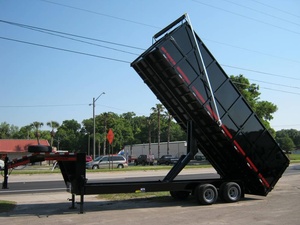





















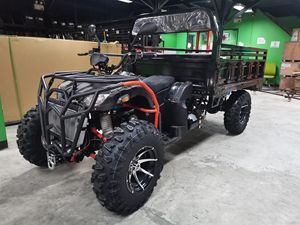
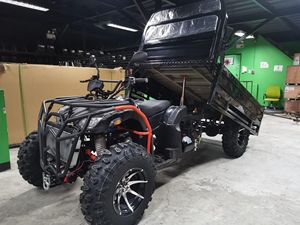
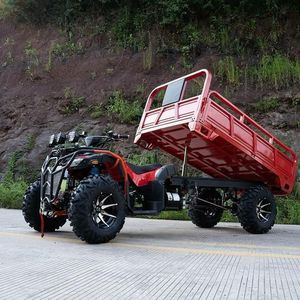
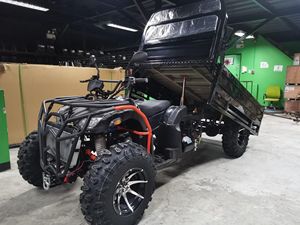
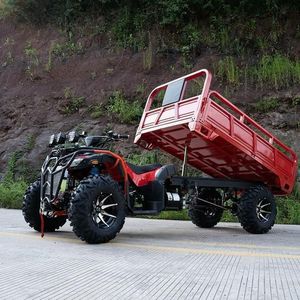

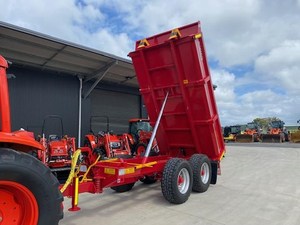
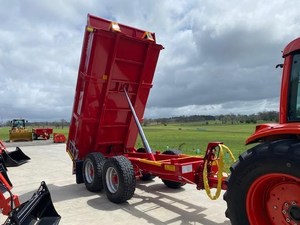
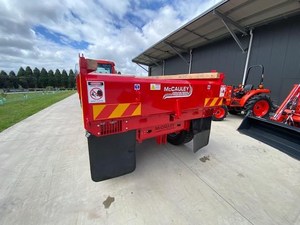
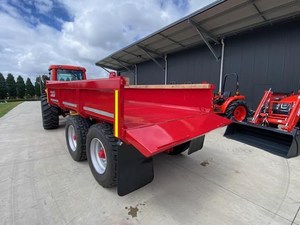
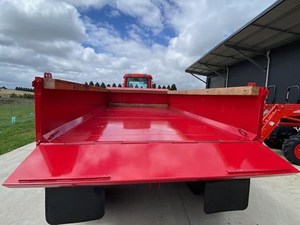





























































































































































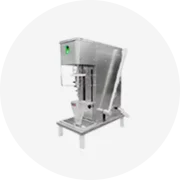
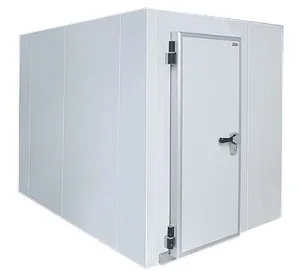
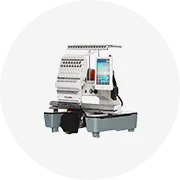
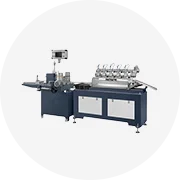
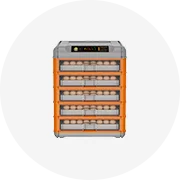
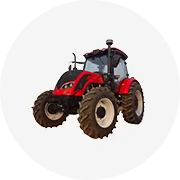
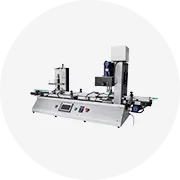
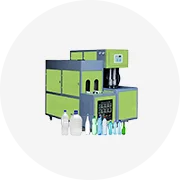
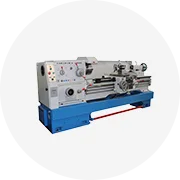
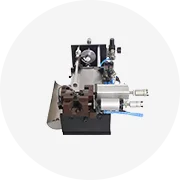

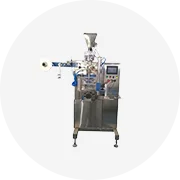
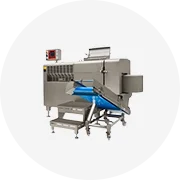
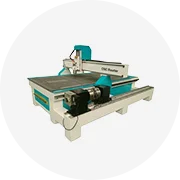
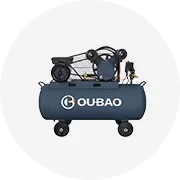
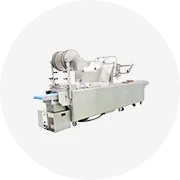






 浙公网安备 33010002000092号
浙公网安备 33010002000092号 浙B2-20120091-4
浙B2-20120091-4